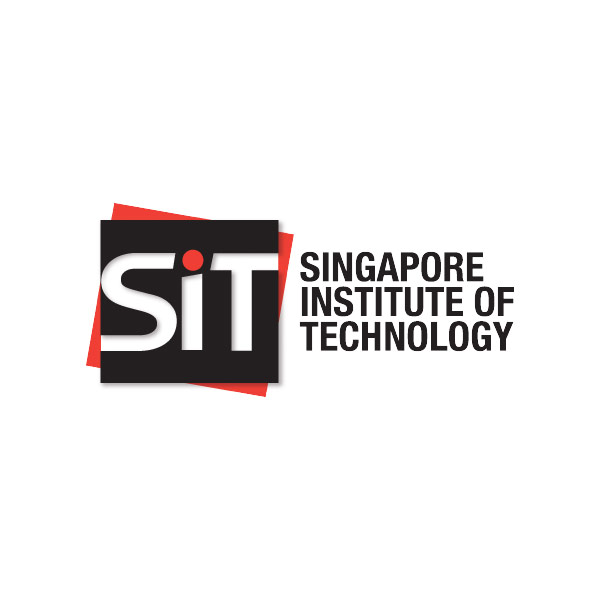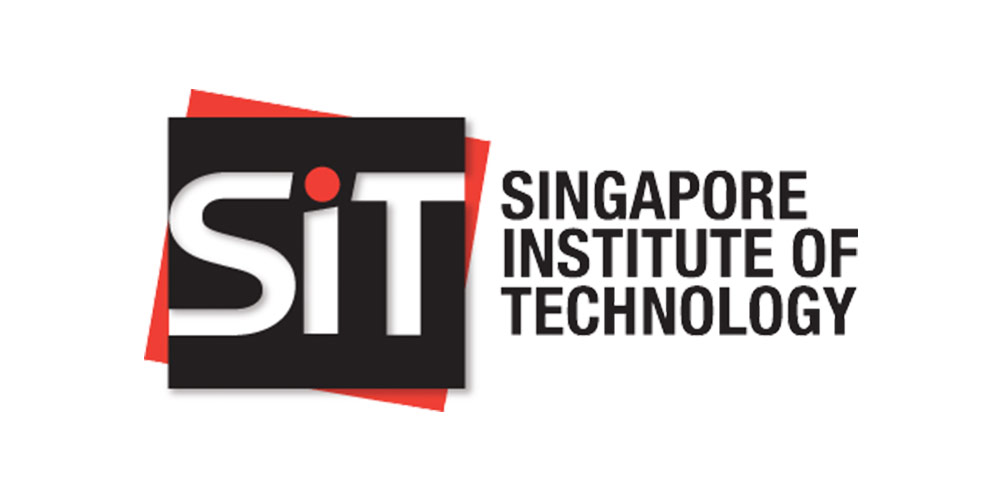The Singapore Institute of Technology (SIT) is Singapore’s university of applied learning. SIT's vision is to be a leader in innovative learning by integrating learning, industry and community. Its mission is to nurture and develop individuals who build on their interests and talents to impact society in meaningful ways.
Since its establishment as autonomous university in 2014, SIT has embarked on Technology-Enhanced Learning (TEL) in our teaching and learning practices. In 2019, we implemented a university-wide initiative to ensure all faculty members at SIT can utilise elements and best practices of remote teaching and learning.
SIT established the SIT Advancement of Learning and Teaching (SALT) grant to support faculty with innovative teaching practices that can drive deep learning in students. We also support grassroots initiatives and sharing amongst faculty through Communities of Practice and Lunchtime Seminars.
Across the different initiatives and practices, we continue to seek the voice of students in the design and implementation of TEL projects.
Remote Teaching Competency Framework
The Competency for Online and Remote Teaching (CORT) initiative is our effort to prepare and ensure all faculty members are ready for online teaching and learning. Beyond the skills of effective utilisation of online tools, this initiative emphasises on the best practices for students’ engagement.
Faculty are required to demonstrate four basic competencies in using technology to teach:
- Create an online video lesson
- Conduct an online lesson synchronously
- Conduct an online discussion asynchronously
- Create online assessment and give feedback
These competencies cover the core aspects of remote teaching, and therefore serve to ensure we can incorporate meaningful digital learning experiences for our students. Faculty are also encouraged to go beyond these basic skills and engage students in meaningful ways.
We conduct hands-on workshops and provide learning resources to support faculty in building their pedagogical and technical skills to teach online.
Beyond Basic Competencies
In order to make a positive difference in students’ learning, we invite faculty to embark on TEL projects. Some of these projects involve interdisciplinary teams of faculty working together, supported by expertise and funding from the Centre for Learning Environment & Assessment Development (CoLEAD).
A selection of TEL projects:

A financial market simulation game where students role-play as investment bankers

Computational Thinking Quest – a gamified course built on adaptive learning principles
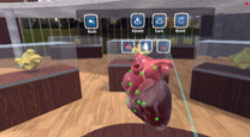
A Virtual Reality experience to learn about the cardiovascular system and its medical imaging
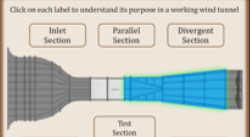
A simulation and e-learning package for engineering students to conduct virtual wind tunnel experiments
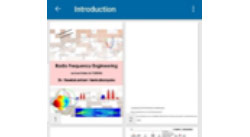
An e-book to allow students to visualise mathematical application in real life

Student-led projects to create learning packages for e-learning in allied health
Developing Capabilities through Learning Together
To facilitate organisational learning, lunchtime sessions are organised for faculty to share experiences on TEL, as well as learn from external experts and practitioners. SIT’s TEL Community of Practice on Microsoft Teams serves as a platform for faculty to participate, as well as meet regularly for technology sharing events.
Tailored Solutions for Specific Needs
SIT supports its academic staff in terms of infrastructure and hardware towards specific needs that arise from a variety of teaching and learning approaches.
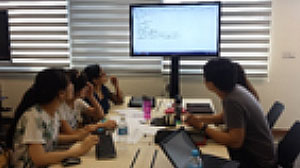
Applied and collaborative learning environments (ACE) with computer-on-wheels (COWs).
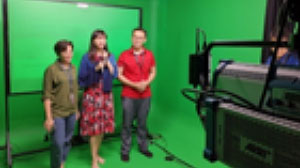
Green room studio for professional video productions.

Light board for those who prefer to write and explain.
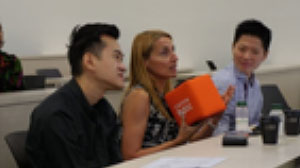
Catchbox for engaging students in class discussions.
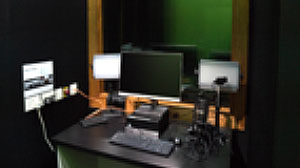
Self-recording studio for doing a video lesson that can be shared quickly.
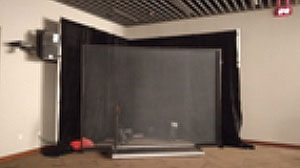
Holographic projection studio to experiment with a new way of remote teaching.
We also encourage faculty to experiment with a variety of software tools, applications and platforms such as: Kahoot, Mentimeter, Socrative, Learning Catalytics, iSpring Suite, Camtasia, Articulate Storyline, Yellowdig, SmartSparrow, Microsoft Teams, Zoom, Virtual Classroom and NetSupport School.
With the aim of empowering our academic staff with tailored solutions to engage and assess students’ learning, a team of Learning Designers and Educational Media Producers work closely with our colleagues from Communications & Information Technology Division to plan, support, train and evaluate the use of various technology-enhanced learning resources.
Considering the Students’ Voice
We focus on the student learning experience by seeking the views of students as part of evaluating the effectiveness of different initiatives and practices.
Various opportunities for students to provide input and feedback include:
- Specific questions to address the perceived effectiveness of technology for learning as part of the teaching and module evaluation alongside questions on teaching effectiveness.
- Student involvement in the grant evaluation committee for projects in teaching and learning.
- Opportunities for students to participate in developing, beta testing and evaluating newly developed systems for teaching and learning.
- Education research projects to understand different profiles of students in their use of technology for learning as well as factors that may impede or enhance learning through technology.
